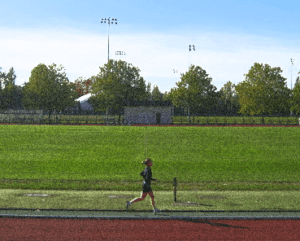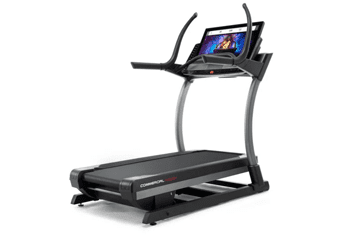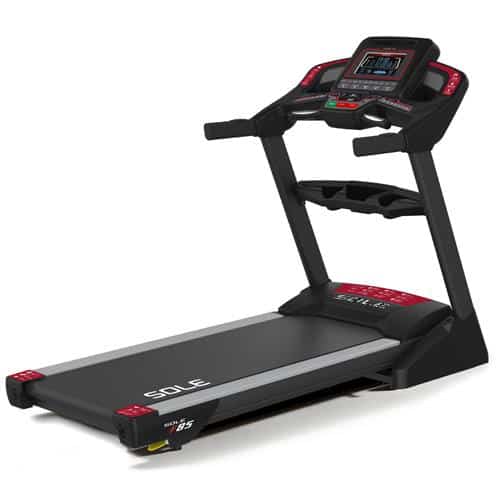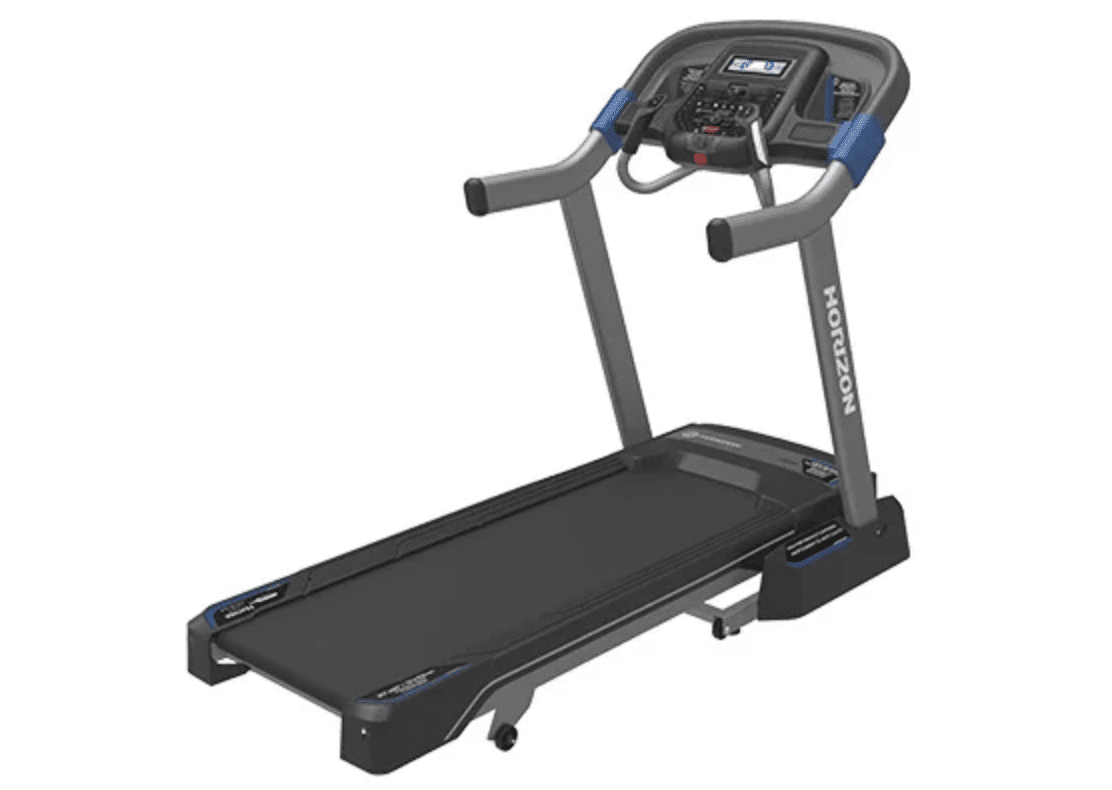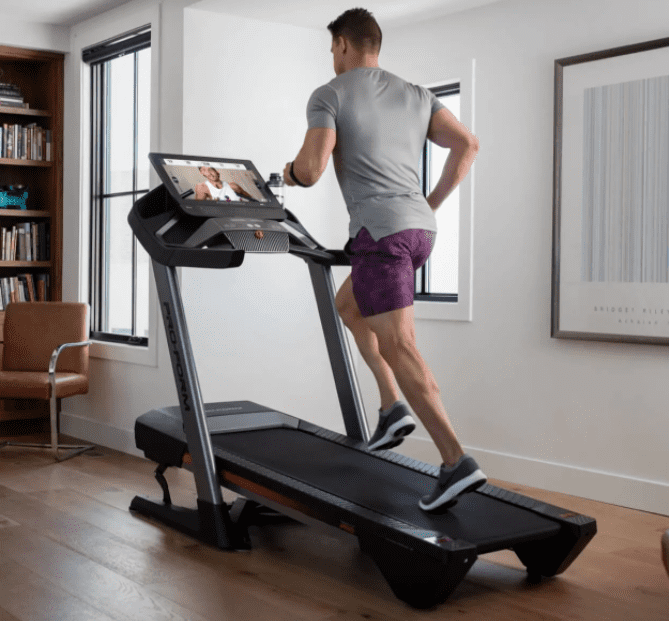Table of Contents
Build a Home Gym With all the Essentials
In theory, running is as simple as putting on your shoes, going outside and putting one foot in front of the other. All you need is a good pair of shoes, right?
In reality, being a serious runner takes a lot more equipment and attention to detail.
Proper stretching, active recovery and strength training are just as important for a runner as the actual miles that you put in. These practices reduce your risk of injury, aid in recovery, and help you run farther and faster over time.
You can simply and effectively build your own runner’s home gym to cover all the aspects of your workout. Read on to find all the things you need to become a better runner from the comfort of your own home.
Resistance Bands
Small and easy to store, adding resistance bands to your workout is a simple way build many of the muscle groups that runner’s use the most. They can also assist in building joint and soft tissue strength to help avoid potential injury.
Try these Resistance Band Exercises:
Ankle Plantar Flexion – Sitting on the ground with your legs straight in from of you, place the band around the ball of one foot. Holding the other end of the band at your waist with no slack, point your toe, pressing against the band and release. Perform 2-3 sets of 10 reps on each side.
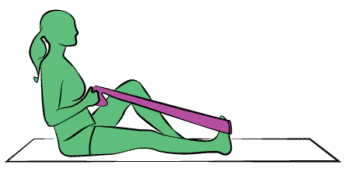
Ankle Plantar Flexion
Standing Hip Extension – Stand with legs hip width apart and band wrapped around both ankles. Use a chair or the wall to maintain balance. Put all of your weight on one foot and extend other leg straight behind you as far as you can comfortably, making sure to keep both legs straight. Bring leg back to starting position. Perform 2-3 sets of 10 reps on each side. Watch a video here.
Hip Abduction – Lie on your side on the ground with the band wrapped around your ankles and knees slightly bent. Slowly lift top leg straight up against the band as high as you can comfortably. Lower your leg back down and repeat 10 times. Perform 2-3 sets of 10 on each side. Watch a video here.
Medicine Balls
Both standard medicine balls and kettleballs (a medicine ball with built-in handles) take up minimal space and build balance, coordination and flexibility. They quickly and effectively work any muscle group without any extra equipment.
Try these Medicine Ball Exercises:
Side Step Squat with Overhead Press – Begin with feet hip width apart, holding ball at chest. Step out with right leg and lower into a wide squat. Using your right leg, stand back up while bringing your left foot in to meet your right. Raise medicine ball overhead and lower back down to your chest. Repeat stepping back out to the left. Perform 10 squats in each direction.
Standing Wood Chop – Stand with feet a little wider than hip’s and raise ball up above right shoulder. Exhale and flex your core while bringing the ball down diagonally to your right knee. Bring ball with control back to start position. Perform 2-3 sets of 12 reps.
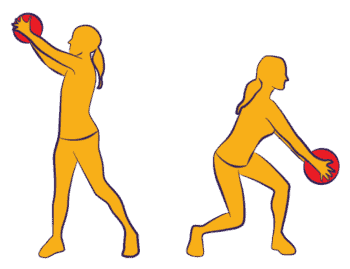
Standing Wood Chop
Alphabet Abs – Stand with feet hip width apart and hold the ball straight out in front of you with hands on either side. Write the alphabet in cursive with the ball keeping your arms extended. Make sure to keep your torso solid while moving your arms
Yoga Mat
Yoga will help build your strength and flexibility, helping you run more efficiently and avoid injury. It also helps aid in recovery by lengthening and stretching your muscles to ease aches and pains. The following yoga sequences focus on the muscle groups that get the most wear and tear. Yoga ensures that your body is getting both the prep and recovery that it needs.
Here are Several Yoga Routines for Runners
7-min Cool Down Sequence for Runners
Runner’s Yoga – Yoga with Adriene
30 Minute Yoga for Runners with Ida May
Music
Listening to music while you run can help you run longer, increase the effectiveness of your workout and help you feel better doing it. The music you listen to should be tailored to your activity level, up-beat music pre-workout can get you pumped before you go, while faster music will keep you moving during your run. A slower soundtrack pairs well with your cool down.
For some people, music functions simply as a mental distraction allowing you to focus on something other than how far you’ve gone and the countdown to the finish.
Free Weights
An easy way to get the benefits of the gym at home is strength training using free weights. Strength training is essential for runners and contributes in many ways. It increases your body’s ability to effectively use oxygen, helps burn body fat, increases your balance and stability through core exercises and prevents injury and chronic pain by correcting muscle imbalances.
See the websites below for some great strength training workouts:
Foam Roller
Active recovery is just as important for your body as working out. Foam rollers and muscle sticks are great tools to do active recovery by self-massage. Rolling out your muscles promotes blood flow to your muscles and carry away the waste naturally produced by exercise.
It also helps repair and rebuild tiny micro-tears and break down lactic acid in your muscles, two key causes of soreness after a tough workout. Using these techniques and tools will keep you feeling great and ready for your next run!

Foam Roller
Treadmill
Having a treadmill in your home gym is an obvious choice for any runner. Rain, wind or extreme heat outdoors won’t affect your ability to get your personal best every day!
Many treadmills contain motivational features like personal trainers, workout tracking and iFit Live to keep you going on the days when it feels impossible. Virtual routes have programmed incline changes to mimic running up and downhill.
The NordicTrack x22i even includes a decline feature to challenge yourself on a wider variety of terrain. Folding features on many models means that even with limited space, you can still have your best runner’s home gym.
Here are a few articles to learn about the latest and greatest in treadmill technology:
6 Questions to Ask Before You Buy a Treadmill
7 Helpful Tips for Buying a Treadmill
Interactive Treadmill Technology Across the Brands

